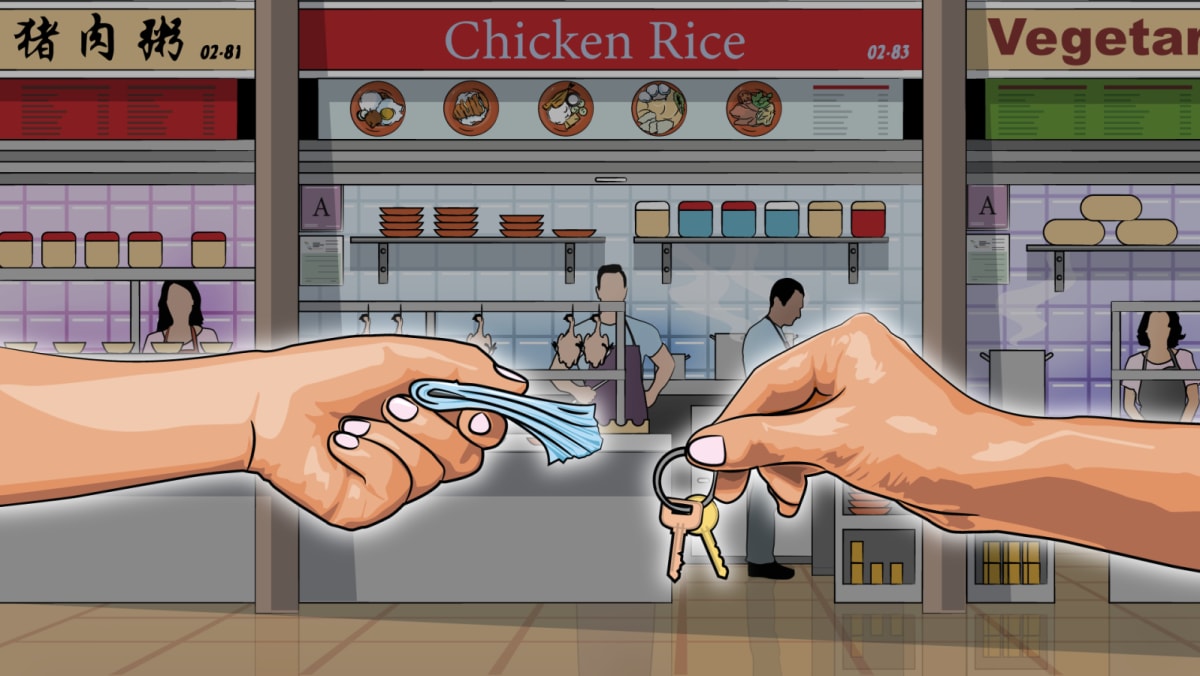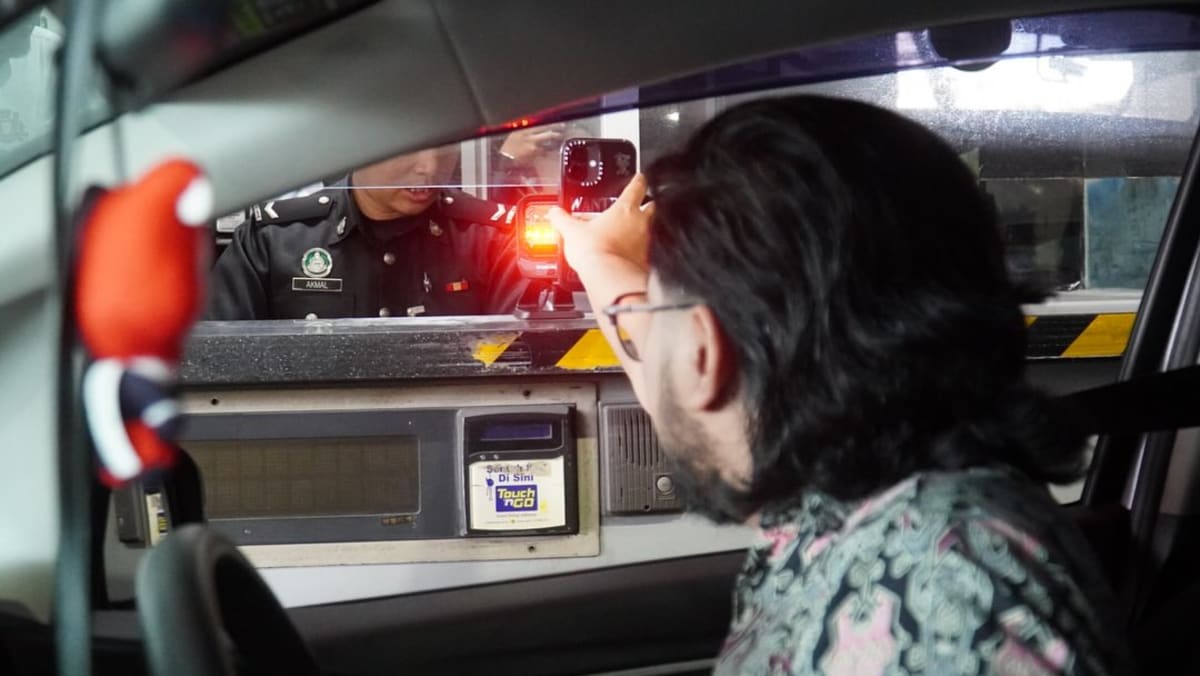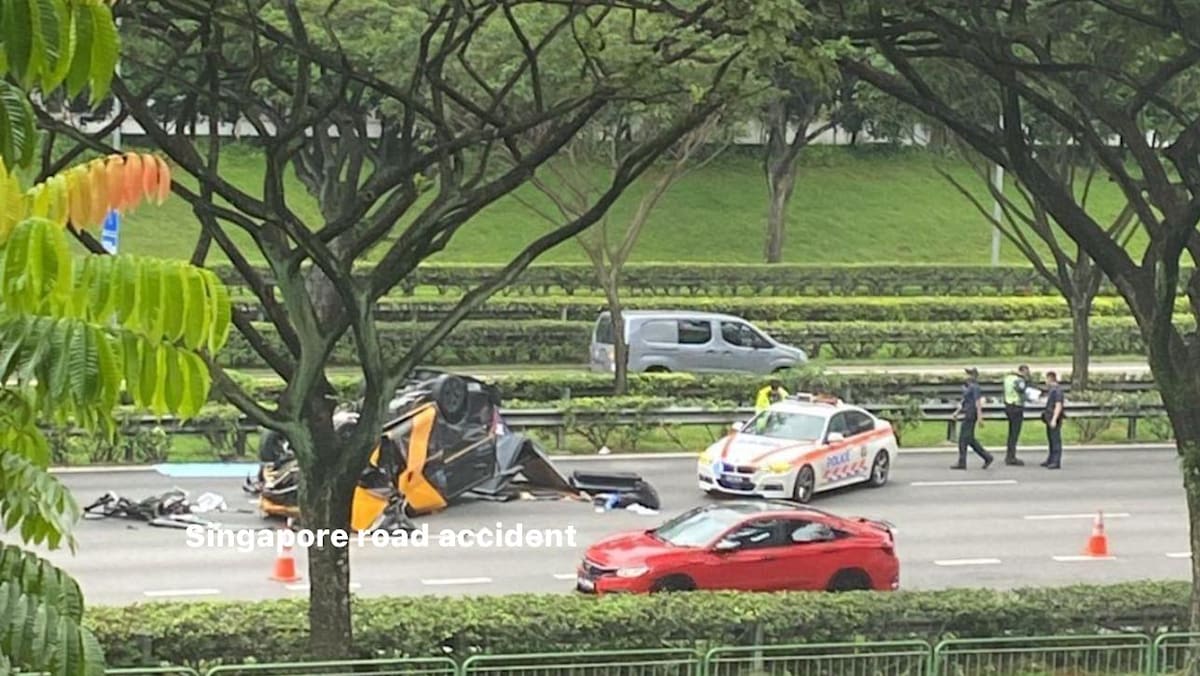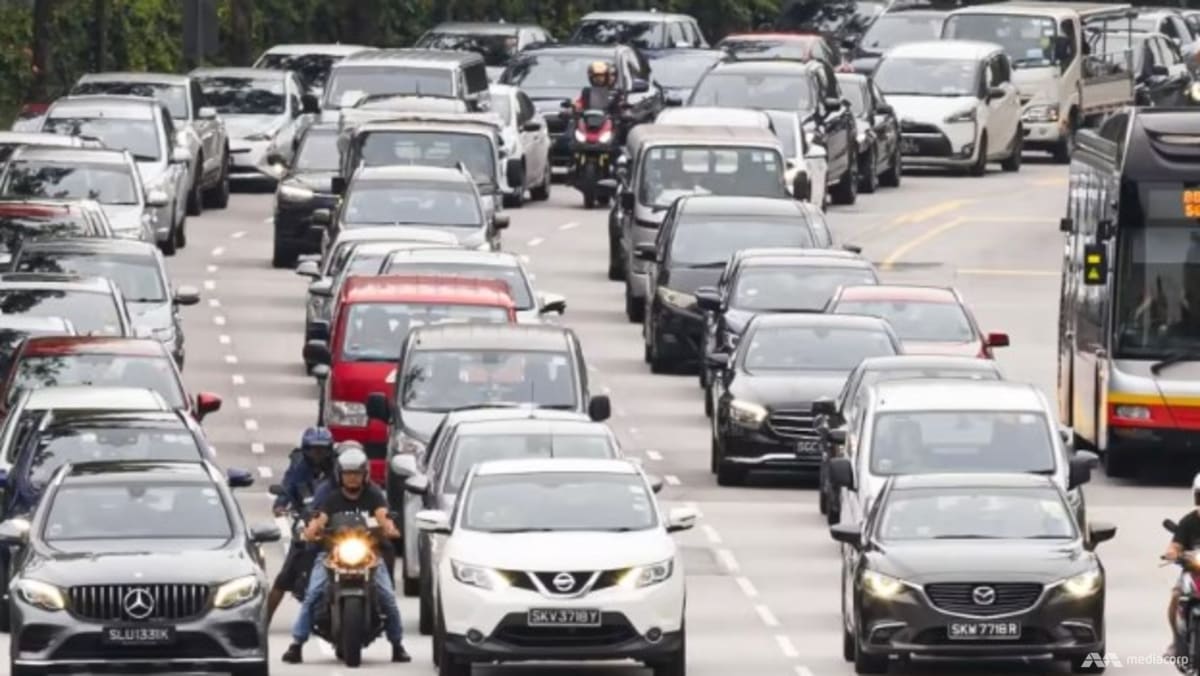SINGAPORE: After closing a Western food stall at a coffee shop last year, Mr Ng set his sights on a new goal – opening a hawker stall with his wife to sell artisanal and traditional coffee.
Rather than bid for a tender through the National Environment Agency (NEA), the 31-year-old visited about 10 hawker centres to look for a stall to sublet.
“The only reason why I’ll choose to sublet is because … good places will never be given up,” said Mr Ng, who did not want his full name published.
Although Singapore prohibits the subletting of hawker stalls, the practice has persisted. Experts say it undermines the intent of hawker centres, which are meant to offer affordable food and support small-scale entrepreneurship.
“If the government were to allow subletting, it would attract a more commercially oriented type of vendor, the same sort of people who are already in the food courts and the kopitiams,” said National University of Singapore (NUS) economist Ivan Png.
Such vendors would “price more commercially” and food costs would go up, he added.
Experts also point to the principle at stake – that subsidised hawker stalls should not be used for private gain.
But most of the 20 hawkers CNA spoke to said it is an “open secret” that under-the-table subletting arrangements are common across hawker centres.
The ban on subletting was introduced in 2012. Stallholders were given a three-year grace period to adjust, and current rules require successful tenderers or their registered joint operators to personally run the stall for at least four hours daily.
BETTER LOCATION, HIGHER FOOTFALL
Mr Ng said he would prefer to go through NEA’s official tender process if better locations were available.
“At the end of the day … that stall is not yours. So anytime, if the real owner wants to take back right, there’s nothing you can do,” he said about sublet stalls.
But the stalls available for tender are often not ideal, Mr Ng said. “You know every single shop will ‘toh’ one, what’s the point?” he said, using the Hokkien term for “fail”.
He has been quoted S$8,000 (US$6,300) to sublet a popular stall in Chinatown, and as low as S$2,000 for stalls in less crowded areas.
The median rent for non-subsidised hawker stalls has remained at around S$1,250 monthly between 2015 and 2023, Minister for Sustainability and the Environment Grace Fu said earlier this year.
Those on the subsidised rental scheme typically pay S$192, S$320 or S$384 per month, Ms Fu said in a parliamentary response in 2023. But as older hawkers retired, the proportion of subsidised stallholders fell from 40 per cent in 2013 to 30 per cent over the same period.
Mr Melvin Chew, who runs Jin Ji Teochew Braised Duck and Kway Chap at Chinatown Complex, said most prime-location stalls are still held by older hawkers.
“You can hardly tender for such good location unless the existing hawkers are willing to give up or return to NEA,” said the 47-year-old. “So most people will hunt for such stalls.”
COMPETITIVE BIDS
The limited number of stalls available for tender means that bidding can be competitive.
Mr Tan, a hawker who sublet a stall to sell Chinese desserts, said bids for government-run hawker stalls were “way too high” for him. People often bid “crazy” prices, the 39-year-old added.
In one 2024 case, a stall at Marine Parade Central drew a record bid of over S$10,000. Dr Koh Poh Koon, the senior minister of state for the environment ministry then, said that such bids were outliers and “not the norm”.













